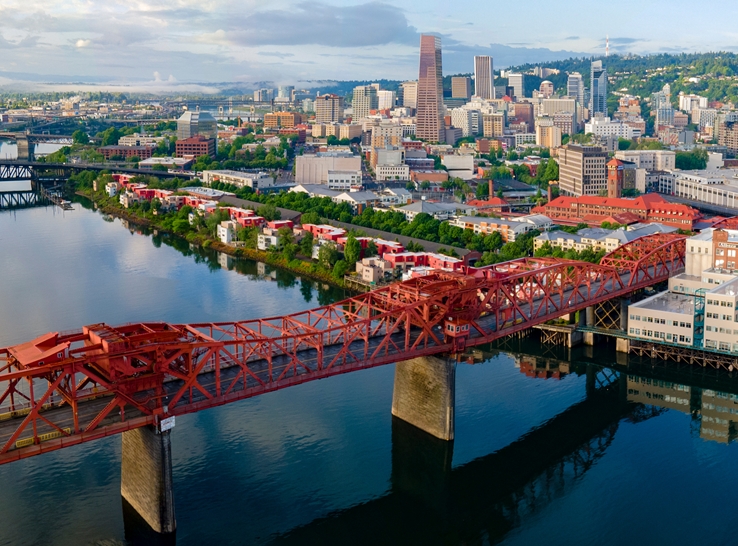The ability to process birds on farms and eliminate live transport offers some compelling benefits to the poultry industry whose customers are increasingly disconnected from animal agriculture.
“I think this disconnect will be a driving force in how farming looks in the future,” reported Karen Christensen, PhD, senior director of animal welfare, Tyson Foods.
“I don’t think we’re in a position to continue doing things the way we are currently.”
Instead, Christensen supports the industry looking for unconventional options like on-farm processing.
“A new concept of completing first processing of broilers at the farm has holistic appeal in the areas of welfare, environment and public perception,” she said during a symposium on alternative slaughter and transport at the 2023 Poultry Science Association conference.
Improve public perception
“We all clearly understand that any type of negative information or bad stories travels about the speed of light,” Christensen said. “Unfortunately, true information moves at a much slower pace, so it’s very difficult to get positive information out.
“Live-haul trucks are the public face of the broiler industry and are often a target of negative public comments,” she continued. “Many people believe those birds are raised in cages because they see those birds on the road.
“I think the opportunities to eliminate transport is not only in the best interest of the animals but it will definitely support a positive public image.”
Making a shift in processing
A shift to on-farm processing would involve meeting all the same rigorous requirements traditional processing plants must meet. Hygiene related to food safety would be a priority.
“We’d also need skilled operators to make sure the process was done efficiently and per operation requirements,” Christensen said. Employees must be up-to-date on required training and fully aware of animal-welfare concerns.
“I think there’s potential for reduced labor as innovation continues to streamline this concept,” she added. “There may be an opportunity to implement some type of controlled atmosphere stunning, or some other form of stunning and slaughter that hasn’t been completely vetted yet.
“Perhaps an innovative idea of harvesting birds on the farm would drive us to understand how we can gather those birds from that house more efficiently, more effectively, in a more welfare-friendly way.
“And not only do we have the opportunity to eliminate transportation but lairage time will be eliminated,” she said.
Potential benefits
Poultry producers may realize other benefits from on-farm slaughter. Reducing the stress of catching and transporting live broilers should lead to significant improvements in injuries, carcass damage and yield, Christensen suggested.
Key welfare indicators should improve significantly. And by eliminating the transport phase of live birds, the number of birds will increase.
“The other opportunity on the farm would be to identify exactly how many birds are coming into the plant…because we work in pounds now,” Christensen said.
“But to understand exactly the number of heads coming into the plant and the opportunity to segregate those birds by size could really provide benefits when they arrive at the plant. Multiple lines could be used for different-sized birds and allow us to set equipment more exact.”
Producers may also be able to play a bigger role controlling pathogens like Salmonella.
“We may be able to do interventions…to control Salmonella and other food-safety concerns by interacting with the birds at the farm level rather than during the period of transportation and lairage,” she said.
Start the dialogue
“What I hope is we can open the conversation on how we change the future of the poultry industry to guarantee a rigorous, exuberant, innovative and efficient system to provide the best-quality protein at the best cost to the rest of the world,” Christensen said.
“And I think it’s important that we help consumers understand that we do care for animals in the most appropriate way.”





